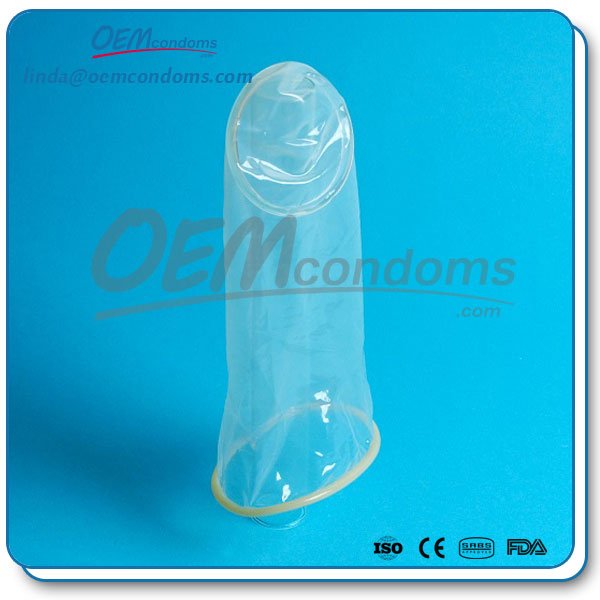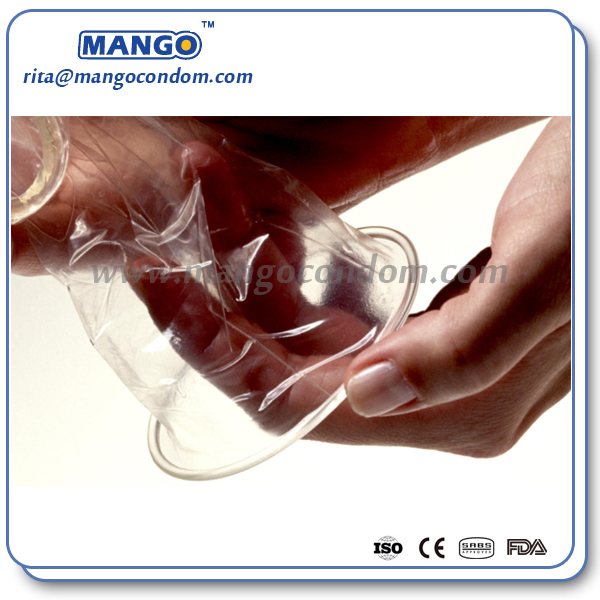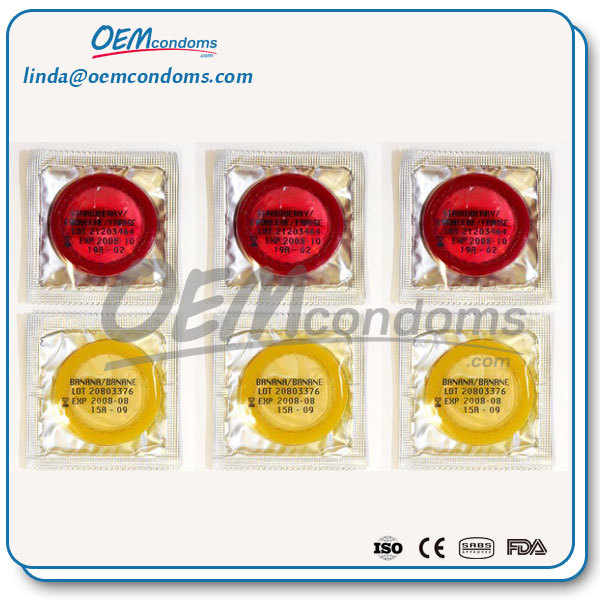Which Condoms Are Best at Preventing STIs?
Male condoms made from latex, polyisoprene, and polyurethane are your best protection against STIs spread by fluids. This means condoms can protect against: HIV chlamydia gonorrhea syphilis Other STIs, such as herpes and genital warts, spread through skin-to-skin contact. Depending on the affected area, these may not be totally covered by condoms. Female condoms provide some STI protection, but more …
Female condom offer convenience and control.
Female condoms are an alternative to male condoms. They provide pretty much the same great protection from pregnancy and STDs. Women condoms are becoming easier to find online, in stores, and at family planning centers. And you don’t need a prescription or an ID to buy them. They’re a small, discreet, and portable way to get big protection from pregnancy …
How do female condoms work?
Female condom is worn loosely inside the vagina and is about 175mm. They work as effective as the male condoms, by preventing bodily fluids and semen from entering the body and womb and, when used correctly, will help prevent unwanted pregnancy, STIs and HIV. Female condoms can be put in up to eight hours before sex, but male condoms which …
How latex condom come into products!
Most male condoms are made from imported latex, which is then chemically processed at the material plant to make it rubbery. The process of manufacturing is lengthy, and extreme measures are taken to ensure all condoms are effective. Every condom is tested for defects, including holes and burst tests. If it passes, it is then rolled and packaged. As a …





